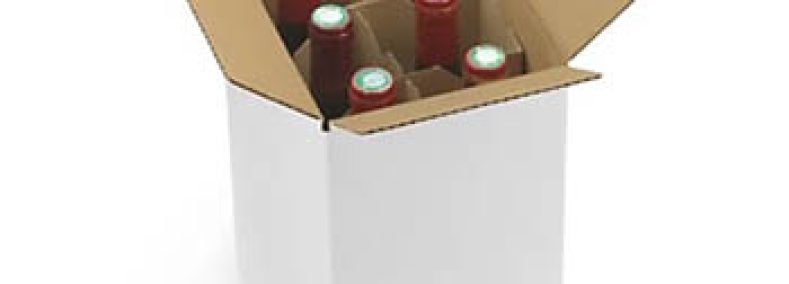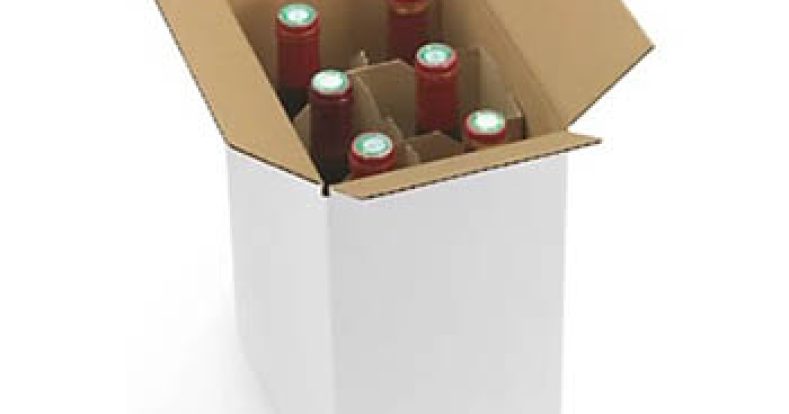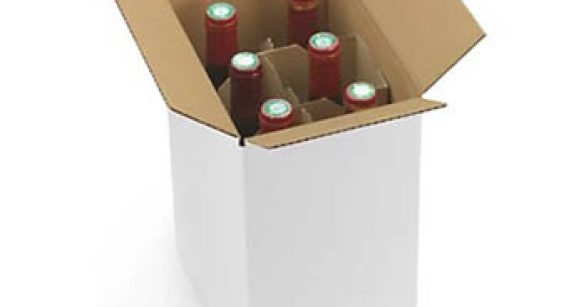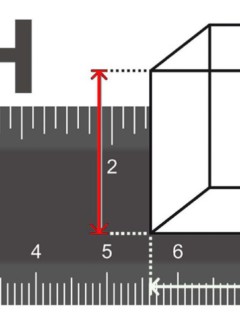The EU has set itself ambitious targets with the circular economy package. What are the recycling rates to be achieved (by when?)? And which guidelines help to achieve the targets? Plastics are widely used in all sectors of the economy and are often indispensable. However, recycling plastic waste brings several challenges. The quality and price of recycled products compared to virgin material as well as the variety of different plastics complicate the recycling process. The demand for recycled plastics in Europe has so far been negligible at six per cent.
In fact, only 30 per cent of all plastic waste in Europe is collected for recycling. Again, half of the plastics collected for recycling are exported to countries outside the EU. Most of the plastic waste, however, is incinerated to generate energy or simply dumped. This results in high losses for the economy and the environment, as it is estimated that 95 percent of the value of plastic packaging materials is lost after a short, often one-time use cycle. Added to this is the high CO2 pollution caused by the production and incineration of plastic, amounting to around 400 million tonnes worldwide.
To counteract this development, the EU has set itself ambitious goals with the circular economy package:
- By 2025, at least 55% of municipal waste (from households and businesses) should be recycled. The target will increase to 60% by 2030 and 65% by 2035.
- 65% of packaging materials must be recycled by 2025 and 70% by 2030. Separate targets are set for different packaging materials such as paper and cardboard, plastics, glass, metal and wood:
| By 2025 | By 2030 | |
| All packaging | 65% | 70% |
| Plastic | 50% | 55% |
| Wood | 25% | 30% |
| Ferrous metals | 70% | 80% |
| Aluminium | 50% | 60% |
| Glass | 70% | 75% |
| Paper and cardboard | 75% | 85% |
Sustainable packaging design
In order to provide packaging manufacturers with a guideline for recycling-friendly packaging, the FH Campus Wien has published the Circular Packaging Design Guideline has published a guide. The focus is on meeting the recycling quotas set by the EU for all packaging materials.
Design principles for packaging
With a view to holistic and sustainable product development and a Environmentally friendly purchasing policy new challenges in product design are emerging. In order to make packaging as ecological as possible, the four design principles apply:
- Effectiveness
Packaging must first and foremost be fit for purpose – for the consumer but also for the product itself. The packaged product must be protected in the best possible way, for example against damaging environmental factors such as mechanical stress, oxygen, moisture or light. Handling for the consumer must be as simple as possible. - Efficiency
Efficiency is assessed with the help of the life cycle assessment. The use of raw materials, emissions, energy and the generation of waste should be kept as low as possible over the entire life cycle. One key figure is the CO2 emissions during the entire life cycle, starting with the extraction of raw materials and ending with disposal. - Safety
Health and safety risks for both humans and the environment must be avoided. In the food sector, often stricter legal requirements have to be observed here, also with regard to consumer safety, environmental protection and anti-counterfeiting. - Circularity
Packaging must be designed to achieve the highest possible recycling of the materials used. Products should be designed and manufactured in such a way that the packaging can either be reused and recycled after use or be made from renewable raw materials.
Design approaches for sustainable packaging
In addition to explaining the basics of sustainable packaging design, the Circular Packaging Design Guideline draws on two different design approaches for recommendations, with the aim of optimising the circular economy:
- Design for recycling describes packaging that passes through the sorting process without defects and can be recycled in the recycling process.
- Design from Recycling describes the further procedure of a circular economy and focuses on the use of recycled materials in production.
Waste prevention, recycling or disposal?
The waste hierarchy supports a holistic approach to sustainable packaging. Basically, it is important to conserve resources and avoid packaging waste. But reusable systems are not suitable for every application. For this reason, the option with the best ecological result should always be selected.
- Avoidance
Reusable systems are a good approach to waste prevention. It is important to ensure that the packaging does not become waste in the first place and therefore does not have to be disposed of. - Preparation for recycling
Cleaning and repairing packaging for reuse. This includes, for example, reusable containers. - Recycling
Reuse of packaging to produce new packaging or other products. - Other recovery
Material recovery such as incineration for energy production, recovery of materials or fertilisation in agriculture. - Disposal
Landfilling of the waste.
Assessment of recyclability
In order to assess the recyclability of a product, only a defined geographical and temporal validity range is ever considered. A PET bottle from Germany may well be classified as non-recyclable in another country without appropriate collection points and recycling systems.
Two current methods can be used to classify recyclability: The qualitative and the quantitative assessment.
| Method of assessment | Description | Metric |
| Qualitative | The mass fraction that can replace material-identical virgin material after the recycling process in manufacturing. Material losses due to sorting and recycling processes must be included. | Mass percentage (%) |
| Quantitative | With the help of questions on product properties, such as material composition, an assessment is made. | Scale (e.g. A to F; or classification into very good/good/restricted/not recyclable) |
Which of the two assessment methods is most suitable must be evaluated on a case-by-case basis. It is important that not only the disposal, but the complete life cycle of the sustainable packaging is considered. By considering the ecological aspects, conflicting goals can be avoided and evaluated. For example, a package can be designed to be optimally recyclable, but by not using a certain barrier, the product will spoil sooner. In this case, recyclability and resource efficiency must be weighed up from an ecological point of view. Because premature spoilage of the products also has a negative impact on the environmental balance.
Basis for packaging design
The Circular Packaging Design Guideline takes up the regulations and goals of the EU environmental package and supports companies in meeting them. A guideline for companies on how to create sustainable and recyclable packaging designs is included. The function of the packaging, the classification of recyclability and the method of disposal are considered holistically. Ultimately, the life cycle assessment provides information on the sustainability of the packaging. With the help of material recommendations, the selection of the packaging material is supported. In the plastics sector in particular, it is necessary to rethink in order to achieve the EU targets.
The Circular Packaging Design Guidelines therefore advise to use materials that are as widely available as possible, such as PET, to avoid additives in the material as far as possible and to ensure that the components can be easily separated during the sorting process.

















